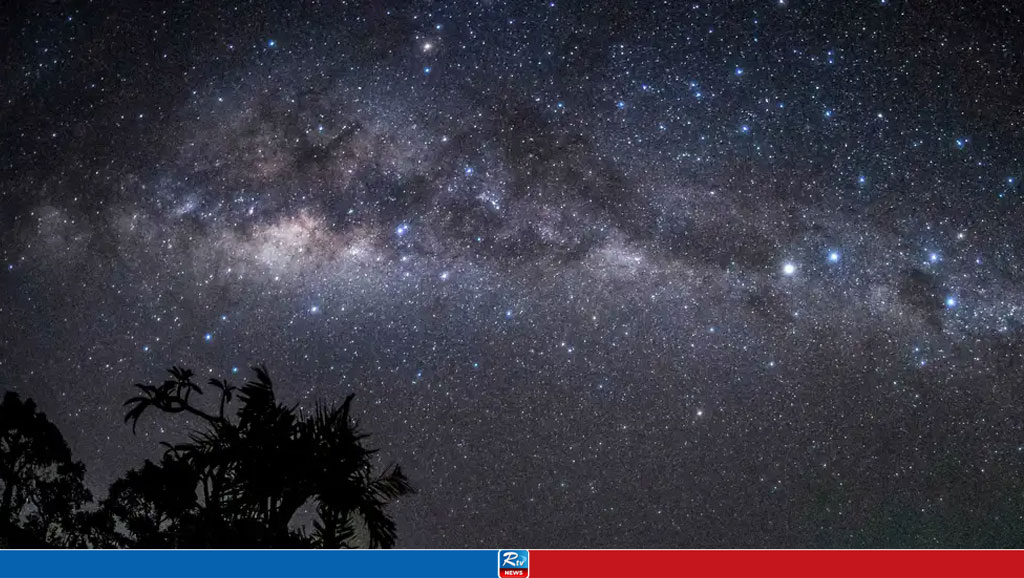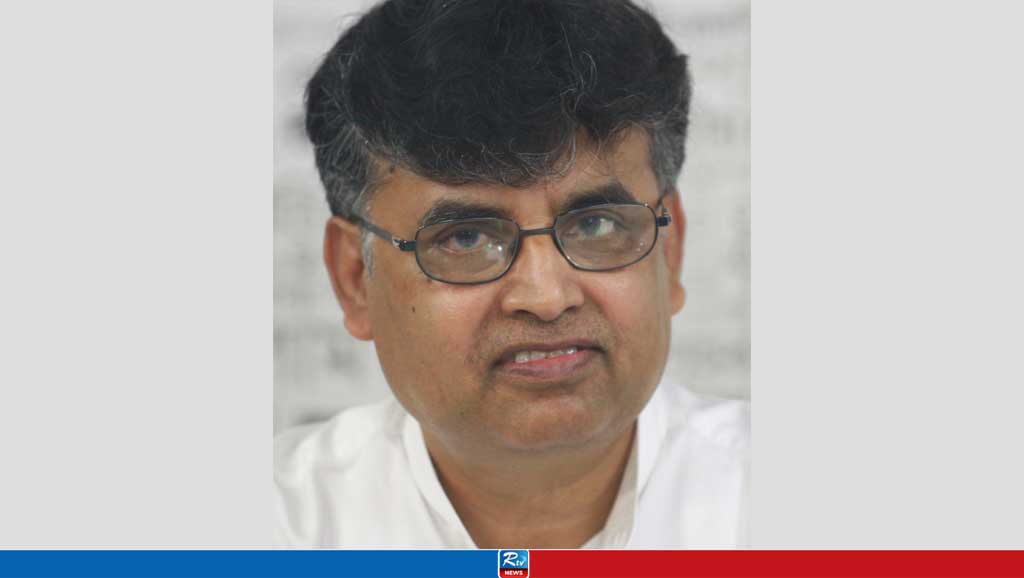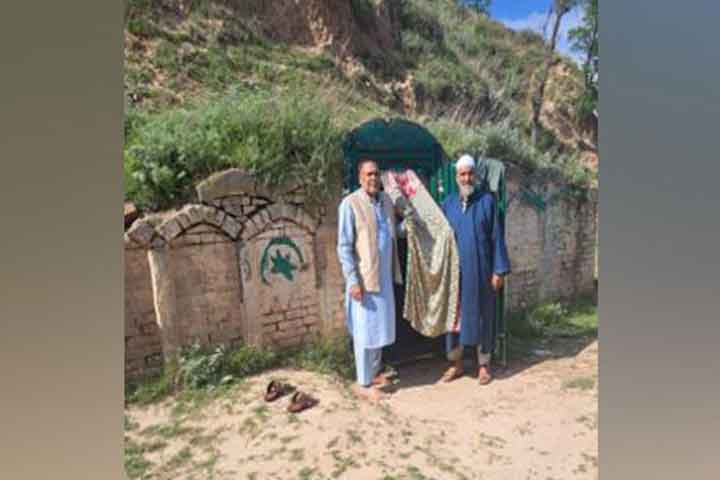Gaia telescope reveals new insights into Milky Way's history

The European Space Agency's telescope Gaia has discovered two streams of stars that helped form our galaxy more than 12 billion years ago.
The European Space Agency (ESA) has gathered unprecedented insights into the history of our galaxy, the Milky Way. The ESA's space telescope Gaia revealed two ancient streams of stars that wove together and merged with the Milky Way early in its existence.
Researchers were examining data collected by Gaia when they came upon the streams, which they named Shakti and Shiva — a divine couple from Hindu philosophy who Hindus believe united to create the universe.
"Revealing more about our galaxy's infancy is one of Gaia's goals, and it's certainly achieving it," Timo Prusti, project scientist for Gaia at the ESA, said. "We need to pinpoint the subtle yet crucial differences between stars in the Milky Way to understand how our galaxy formed and evolved. This requires incredibly precise data — and now, thanks to Gaia, we have that data."
Ancient star streams show Milky Way's growth
Astronomers believe Shakti and Shiva are so old they likely formed before the oldest parts of our galaxy's spiral arms and disc. The stars that make up the two streams in space are 12 to 13 billion years old, and each stream contains the mass of about 10 million Suns.
The star streams lie towards, but not directly at, the Milky Way's heart. Gaia gathered data from this area in 2022 and found the region to be filled with the oldest stars in the entire galaxy.
"The stars there are so ancient that they lack many of the heavier metal elements created later in the Universe's lifetime," said Hans-Walter Rix, a researcher at the Max Planck Institute for Astronomy in Heidelberg, Germany. Rix was a co-author of the study that presents the results of Gaia's exploration, published in the journal Nature on Thursday.
"Until now, we had only recognized… very early fragments that came together to form the Milky Way's ancient heart," Rix said. "With Shakti and Shiva, we now see the first pieces that seem comparably old but located further out. These signify the first steps of our galaxy's growth towards its present size."
Rix's colleague and co-author Khyati Malhan pointed out how much the Milky Way has changed in the billions of years since Shakti's and Shiva's stars were born, and how the researchers hadn't been expecting to clearly see any structures from that time. "But the unprecedented data we're getting from Gaia made it possible."
Shakti and Shiva part of the Milky Way's birth
The two streams Gaia discovered are similar but not identical. Shakti's stars orbit a little further from the Milky Way's center and in more circular orbits than Shiva's.
Scientists today think that the Milky Way formed when multiple long, irregular filaments of gas and dust coalesced billions of years ago in space, forming stars and wrapping together to spark the birth of our galaxy. It seems that Shakti and Shiva were part of this process. The ESA said it hopes that future Gaia data releases will reveal more details.
Comments
Rain likely in 4 divisions including Dhaka in next 24 hours

Student politics can be reintroduced at BUET campus: VC

High Court allows student politics in BUET

The Indian Product Boycott Movement vs. Reclaiming the Hat

Schools and colleges to remain closed for 7 days

DU classes to be held virtually amid heatweave

Dozens arrested as US campus protests over Gaza spread


 Live Tv
Live Tv




